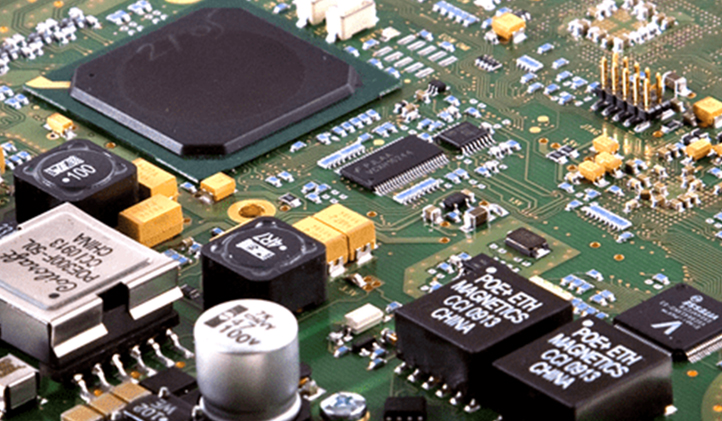What information is needed for PCBA proofing?

When performing PCBA prototyping, it is crucial for customers to provide complete processing documents to ensure a smooth production process. As a professional PCB assembly prototyping manufacturer, encountering incomplete documents during customer coordination often delays production. Therefore, providing complete documentation in advance helps manufacturers quickly initiate production and reduces delays. Below are the essential documents required for PCBA prototyping:
1. Gerber Files
Gerber files are extracted from PCB design files and contain information about various layers of the circuit board, such as the circuit layer, solder mask layer, stencil layer, and pad layer. These files are not only used to create the SMT stencil but also serve as the basis for developing the pick-and-place program. During the quoting process, manufacturers typically refer to the Gerber files to evaluate costs, making it critical to provide complete Gerber files for accurate pricing and smooth production.
2. BOM List
The BOM list is a standard document that details all the electronic components, including their specifications, brand, model, quantity, and other information. It serves as the key document for material inspection and production scheduling. Every component used in the PCB assembly should be listed in the BOM. If there are any changes in the component’s brand or model, these should be updated in the BOM list. Ensuring the accuracy of the BOM list helps prevent material mismatches during production.
3. Other Necessary Documents
In addition to Gerber files and the BOM list, several other documents are equally important, including:
Coordinate Files: These files provide the exact locations of components and the PCB reference point, which is essential for accurate SMT placement.
Placement Diagram: This diagram is used to verify whether the placement of components matches the design specifications, ensuring that the components are accurately placed during the assembly process.
Test Guidelines: Typically provided by the customer, these guidelines contain specific requirements, technical specifications, and parameters for testing, ensuring that the final product meets the customer’s quality standards.

